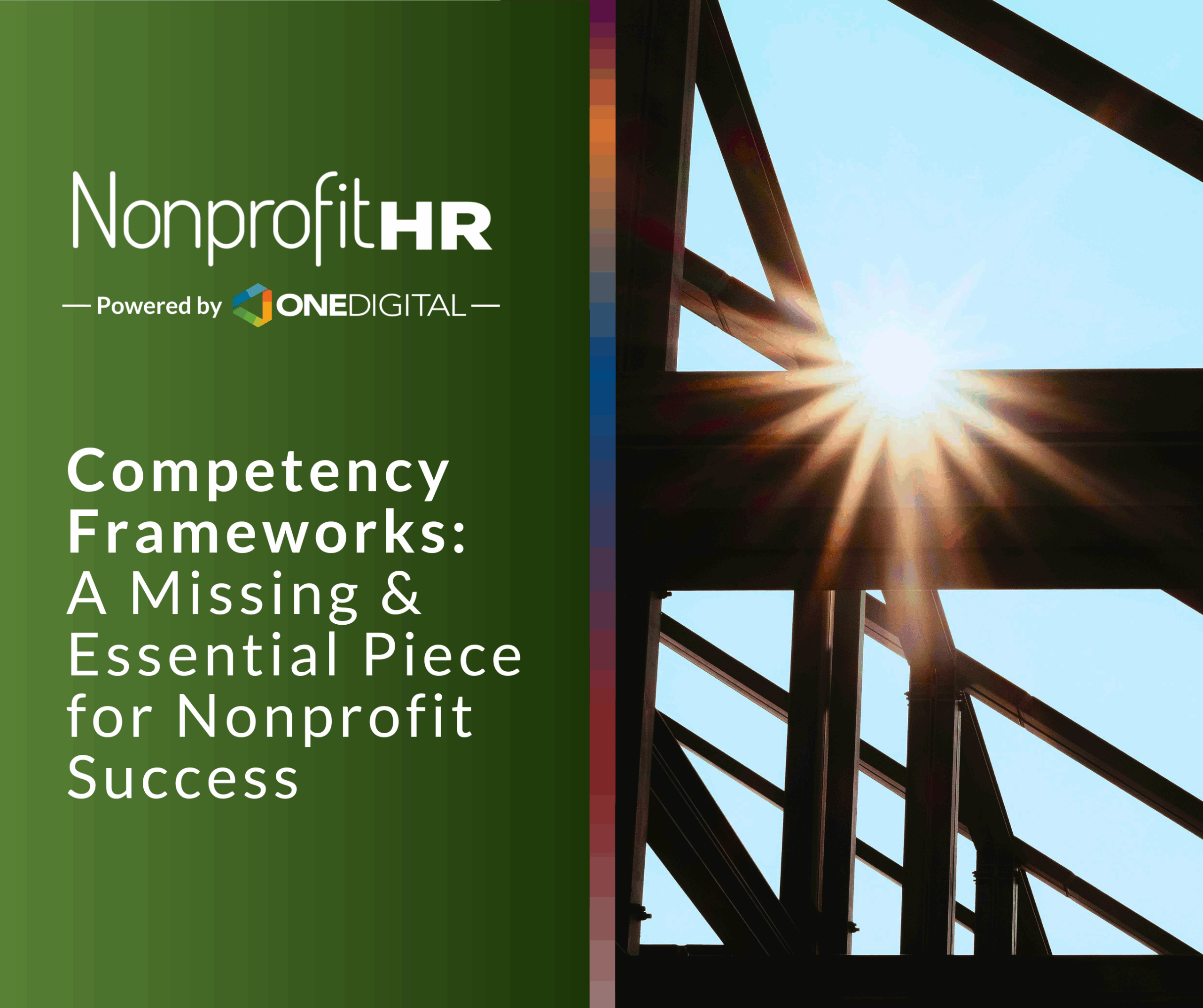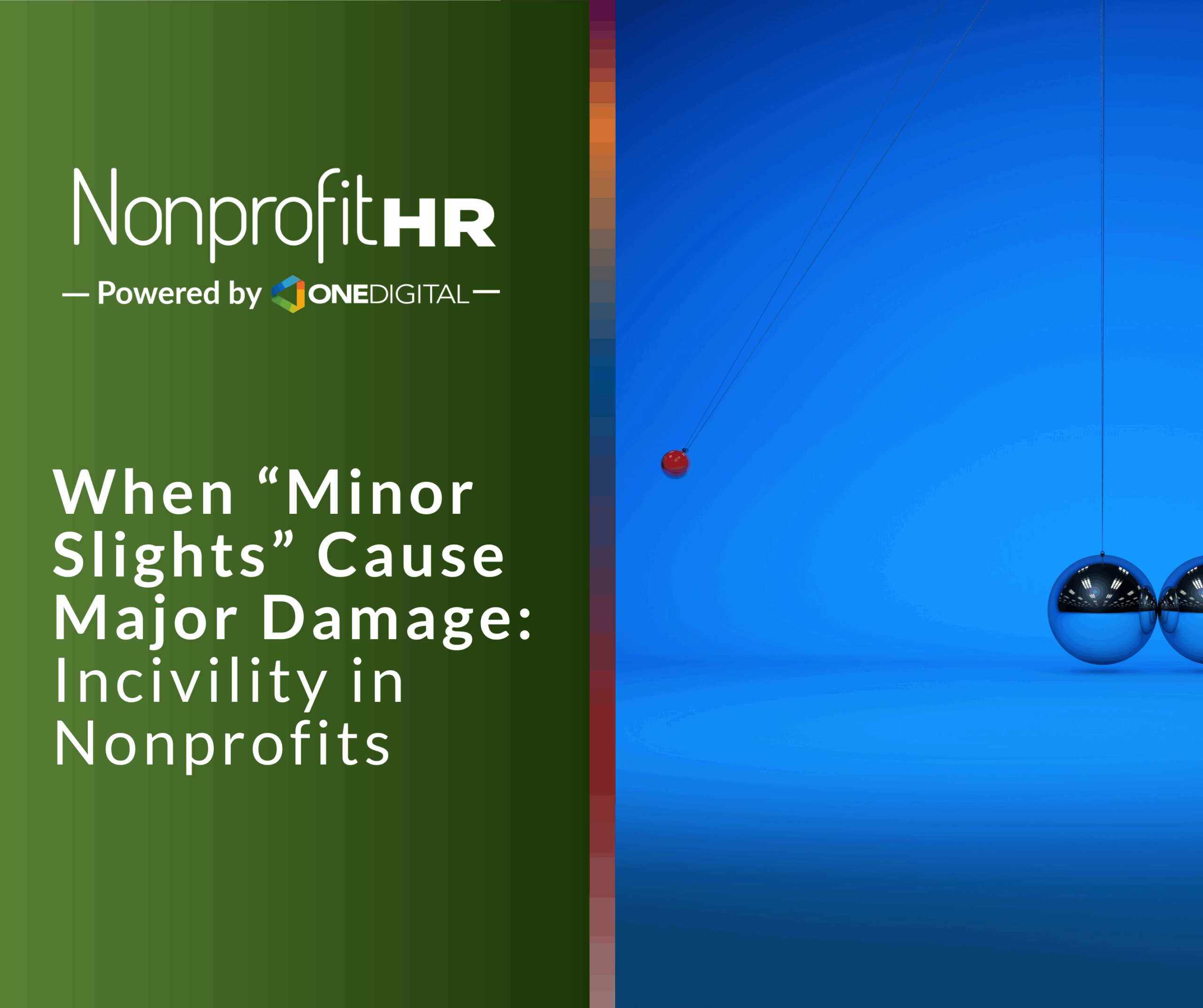WTOP: 5 ways nonprofits can…
We frequently discuss the importance of diversity, equity and inclusion (DEI) in nonprofit organizations from boards and leadership all the way to entry-level employees and volunteers. As we’ve stated before, to maximize DEI in your organization, you must first understand and appreciate the value a diverse team of leaders, staff and volunteers brings to your organization’s mission. Additionally, achieving true DEI means taking into account more than just race, gender, sexual orientation and age. You must also consider diversity of ability, background, experience and thought.
Achieving true #DEI means taking into account more than just race, gender, sexual orientation and age. #nonprofit #diversity #equity #inclusion Share on XWith all of this in mind, what does achieving each component of DEI look like?
- Diversity is the demographic and psychographic mix of a specific collection of people, taking into account all elements of human difference.
- Improving equity means promoting justice, impartiality and fairness within the procedures, processes and distribution of resources by institutions or systems.
- Inclusion is the degree to which diverse individuals are able to participate fully in the decision-making processes within an organization or group.
Assess your organization in regards to each of these components to define where you currently stand and how it compares to where you’d like to be. As you’re doing so, keep in mind your organization’s approach to DEI may be different depending on the angle from which you’re viewing your practices. Audit your approach to DEI in the following areas: leadership, talent processes and infrastructure, and culture to see where improvements may be needed.
Leadership
As you take a harder look at your organization’s leadership, make sure you fully understand the path to leadership at your organization and where your diverse leaders come from. Assess how accountable your leadership team is to your DEI initiatives. Finally, ensure access to leadership is equitable and clearly communicated to staff and others within your organization.
Pipeline
Consider your leadership team’s overall diversity. Are there patterns in how your current leaders came into their current roles? Were they promoted from within or were they outside hires? A better understanding of your leadership pipeline and current barriers to leadership opportunities will inform strategies for either focusing in on existing recruitment sources, diversifying your sources or placing greater emphasis on developing more diverse leaders from within.
Development
If you seek to develop more diverse leaders from within and promote current managers to leadership, your organization should be as transparent as possible about leadership criteria and responsibilities. Draw a line between where management roles end and leadership begins, and make this line clear to your team. Special consideration should also be given to who has access to leadership development opportunities and what opportunities exist for visibility to current organizational leaders. Doing so can help level the playing field for aspiring leaders and create objective benchmarks to achieve as diverse staff work toward leadership roles.
Accessibility
Do team members have the ability to talk to leaders, and do leaders even have time to spend with their teams? Is there a divide between which team members have access to leaders, and is there clarity around how a team member gets access to a leader? To achieve true DEI and equal opportunities for all staff, your leadership team should not be elusive, but inclusive and accessible.
Accountability
Is your current leadership team accountable around DEI and participating in conversations about moving DEI initiatives forward? Without support and enthusiasm from your organization’s leadership, your nonprofit’s DEI goals cannot be achieved.
Talent processes and infrastructure
Thinking beyond leadership and toward your team as a whole, consider your talent processes and infrastructure and their relationship to overall culture. Assess specific activities and their potential to positively or negatively affect achieving DEI at each phase of the employment cycle: attracting, developing, engaging and rewarding your staff.
Outreach and Recruiting
How does your organization typically recruit new staff and management? Maintaining focus on too few networks and sources can be a serious hindrance to achieving diversity goals. Cast a wide net for talent and be open to candidates with “nontraditional” backgrounds as you seek to intentionally diversify your workforce. As part of this effort, it’s also critically important to help selection committees and staff involved in the recruitment process to be aware of and to work to reverse their own individual biases through training.
Orientation and Onboarding
Do you employ a “one size fits all” system for orientation and onboarding new team members? Depending on a team member’s background or ability, your standard onboarding process may not be adequate. Regularly seek feedback from your newest hires on the efficacy of your onboarding process and be open to making changes as frequently as necessary to ensure a meaningful orientation and acclimation process.
Policies and Processes
Are all of your policies and internal processes made clear to everyone on your team in a proactive way, or are there unspoken rules that are assumed to be understood by all team members? For example, do all team members understand how to ask permission to take leave or file an expense report? Are all of these policies and processes understandable to people with different abilities, cultural backgrounds or language levels?
Professional Development
Do you provide professional development opportunities to your team? Are these opportunities available to some team members but not others? If these opportunities don’t exist, how can you offer professional development programs that also set your diverse team members up for ongoing success?
Rewards
How are you rewarding your team members’ achievements beyond salary and benefits? Have you considered implementing additional recognition programs that take DEI into account and are inclusive of different talents and backgrounds? Consider auditing your pay practices to identify equitable salaries and benefits across gender, sex, orientation and race.
Explicit Commitment and Metrics
Are you articulating your DEI goals to your team, and are you backing up your progress with clear metrics? This holds your organization accountable and ensures you’re really moving DEI commitments forward.
Organizational Values
Examples of organizational values include safety, empowerment, trust and respect. Are your organization’s stated values representative of where you actually are, or even hope to be in the future? Do your staff feel enabled to do the work they need to do every day, and do they feel empowered to try new things that will advance your mission? Do they trust each other and your organizational leadership? Do you make it explicit to your team that your culture is one of respect for all, and do your management and staff abide by that? When they don’t, what, if any, are the repercussions?
Culture
Office culture is perhaps the most important area to assess when addressing your organization’s DEI practices, but it is also the most intangible and complicated to objectively analyze. Where does your organization stand on inclusion? Do staff and management feel and experience equal access to resources, decision-making opportunities and professional development?
Think about what rules and practices are explicitly documented, and which may be unwritten and simply learned with experience at your organization. For example, are each of your team members aware of where they should go for something like office supplies, or who they should approach for a larger issue, like concerns about workplace conduct? Consider whether these unwritten rules are creating a culture of exclusion for diverse members of your workforce, and if they can be documented and made clear during the onboarding process. Your current team members can lend insight into whether they feel there are unwritten rules at your organization and help newer staff navigate those rules more effectively.
Explicit Conversations About DEI
Do your staff feel safe having DEI conversations and giving feedback about your organization’s existing DEI practices? Are they comfortable having difficult conversations about things that need to happen to improve your organization’s DEI standing? If they are comfortable discussing these issues with you, does your HR team have the skills necessary to adequately address those conversations and implement solutions to team concerns?
Internal Communications
Are all of your internal communications upfront, accessible and understandable, or do some people perhaps feel like they have to be “in the know” to actually comprehend them? While not all communications can necessarily be shared at all levels, the ones that are should be shared via media that is accessible and inclusive for all of your staff.
Internal/External Alignment
Do your internal practices actually align with your organization’s services, programs and role in your community? For example, if your organization is focused on women’s issues, do your pay and harassment prevention practices actually align with your external values? In your programmatic decisions, funder or grantee considerations and outreach to constituents, does your organization practice what it preaches?
As you assess each of these areas, you’ll likely notice places where you want to improve. Your DEI goals will stem from those realizations, but will require focus, intentionality, resources, and articulated milestones you seek to achieve and metrics to assess your progress. As you work to clearly define your DEI goals and prepare to develop a plan for achieving them, remember, there is no such thing as perfection when it comes to DEI. Your organization’s DEI journey will be unique to your structure, mission and purpose.
If you have any questions about how to assess your organization’s current DEI practices, don’t hesitate to reach out.





























